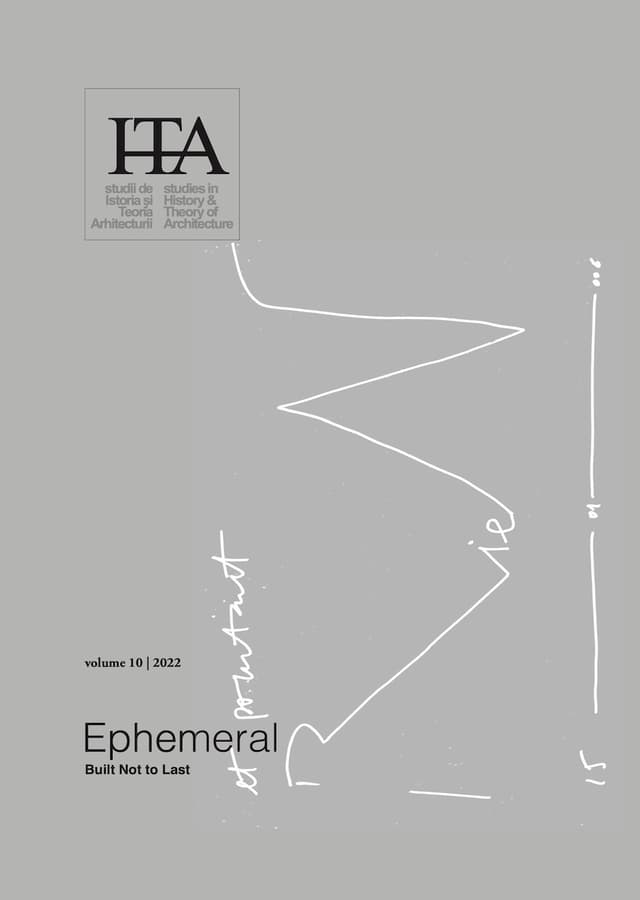Revisiting the Concept of Ephemeralityin the Counter-Culture Architecture of the 1960s:Inflatable Structures
Revisiting the Concept of Ephemerality
in the Counter-Culture Architecture of the 1960s:
Inflatable Structures
by
E. Burcu Eryılmaz
Keywords
inflatable structures
ephemerality
temporality
permanence
pneumatics
In his 1969 project An Experimental Bottery, published in the ninth issue of Archigram, David Greene introduces time as a concept that has had a significant impact on the arts over the past few years, but not so much on architecture. Still, he proposed the temporary space as the example of “an architecture that exists only with reference to time” by pointing out its potential to last in memory. Along this line of thought, this paper aims to make inquiry into the critical examples of temporary architecture to reflect on how they challenge architecture’s long-standing claim to permanence and thus attempt to transform the conventional relationship between architecture and time.
To do so, it discusses a selection of inflatable structures that had been produced by such avant-garde architecture collectives as Archigram, Haus-Rucker-Co, and Coop Himmelb(l)au between the late 1960s and early 1970s. Starting from the assumption that these experimental spaces contribute to the expansion of the established boundaries of the discipline as they are situated at the margins of dominating architectural culture, this research provides a ground to argue how inflatable structures turned into a critical medium to reassess architecture’s relation with time during this period which was marked by technological developments and social, political and cultural upheavals.
Published in

Chicago citation style
DOI:
10.54508/sITA.10.04